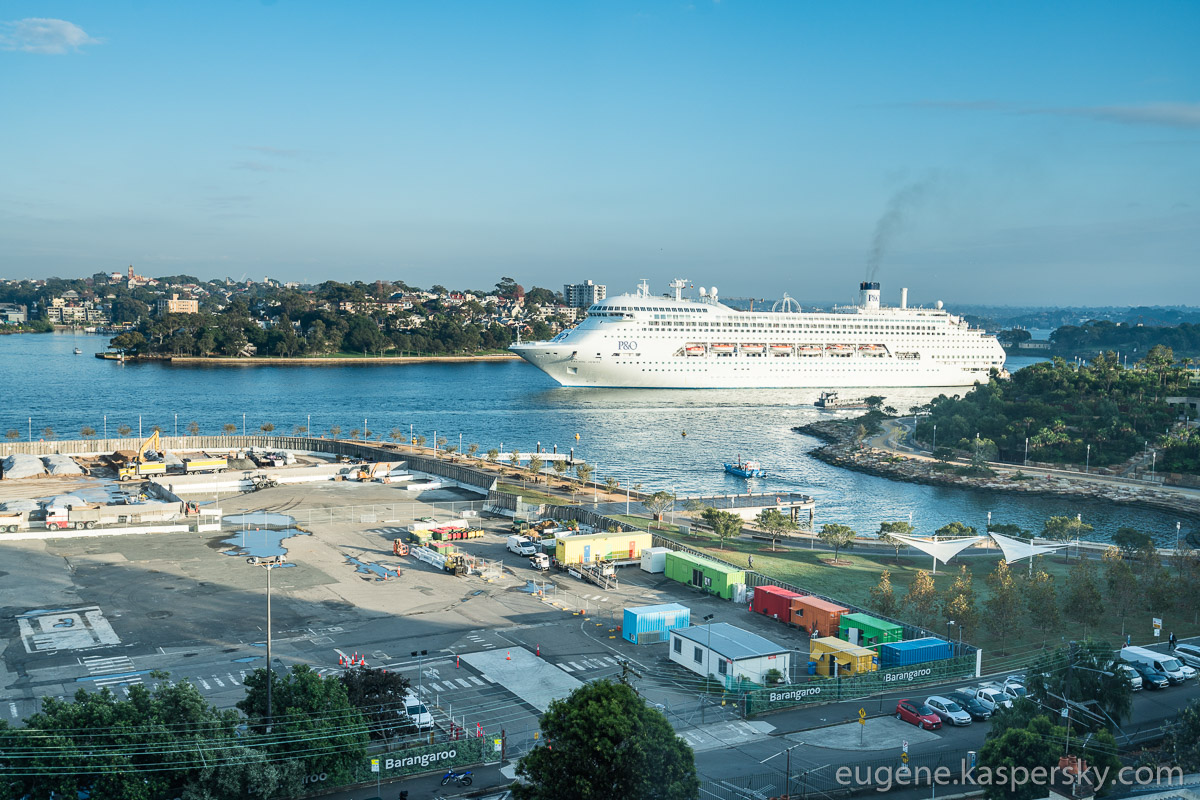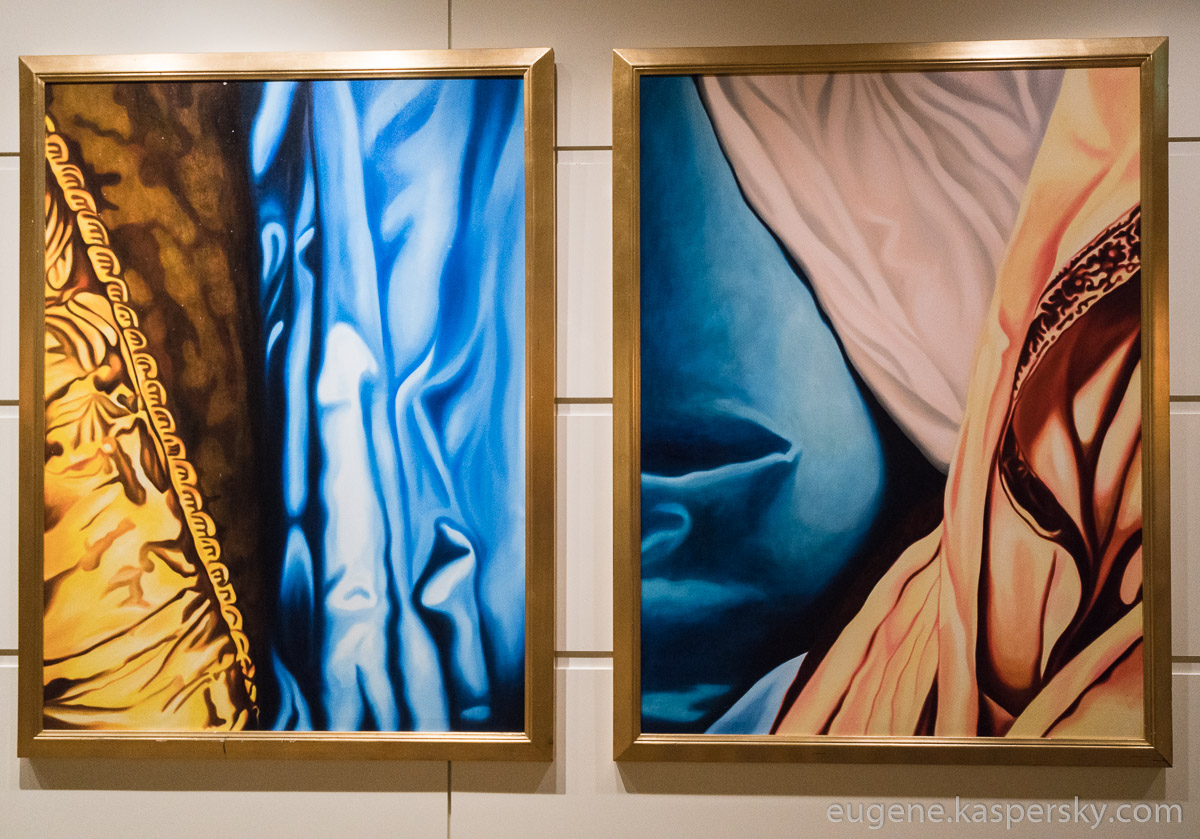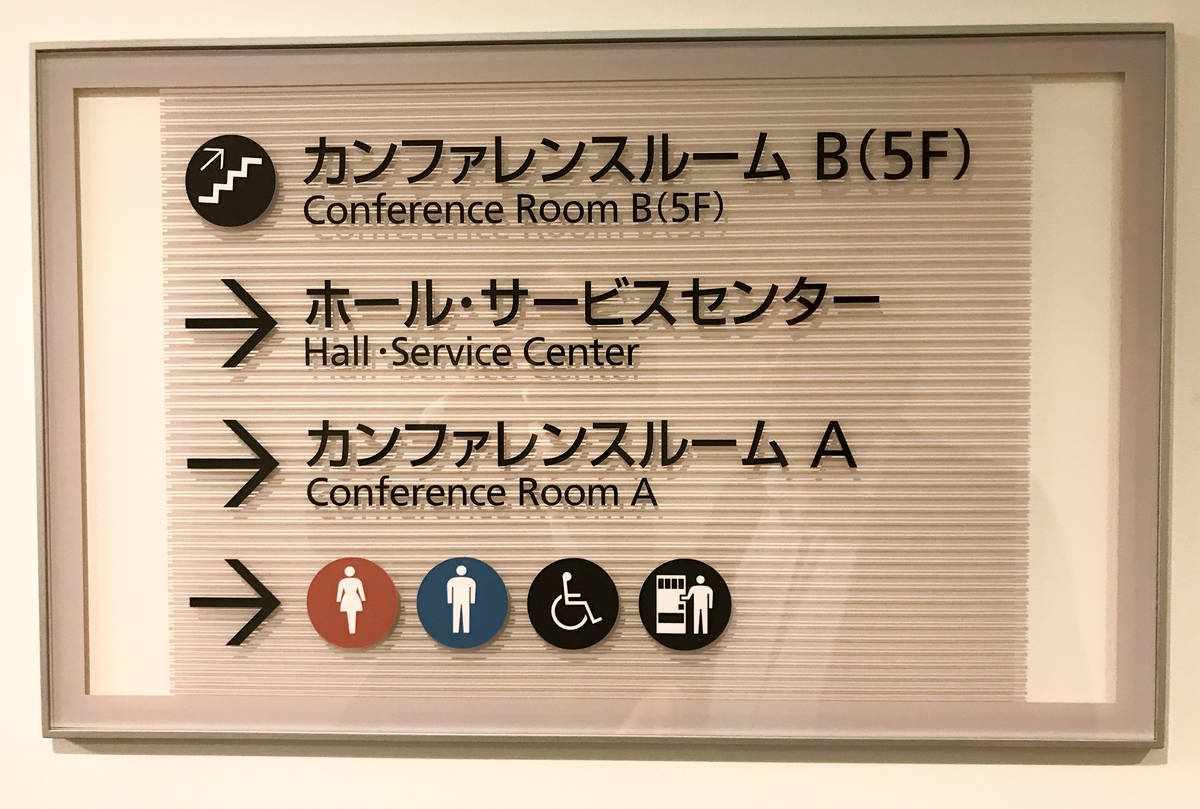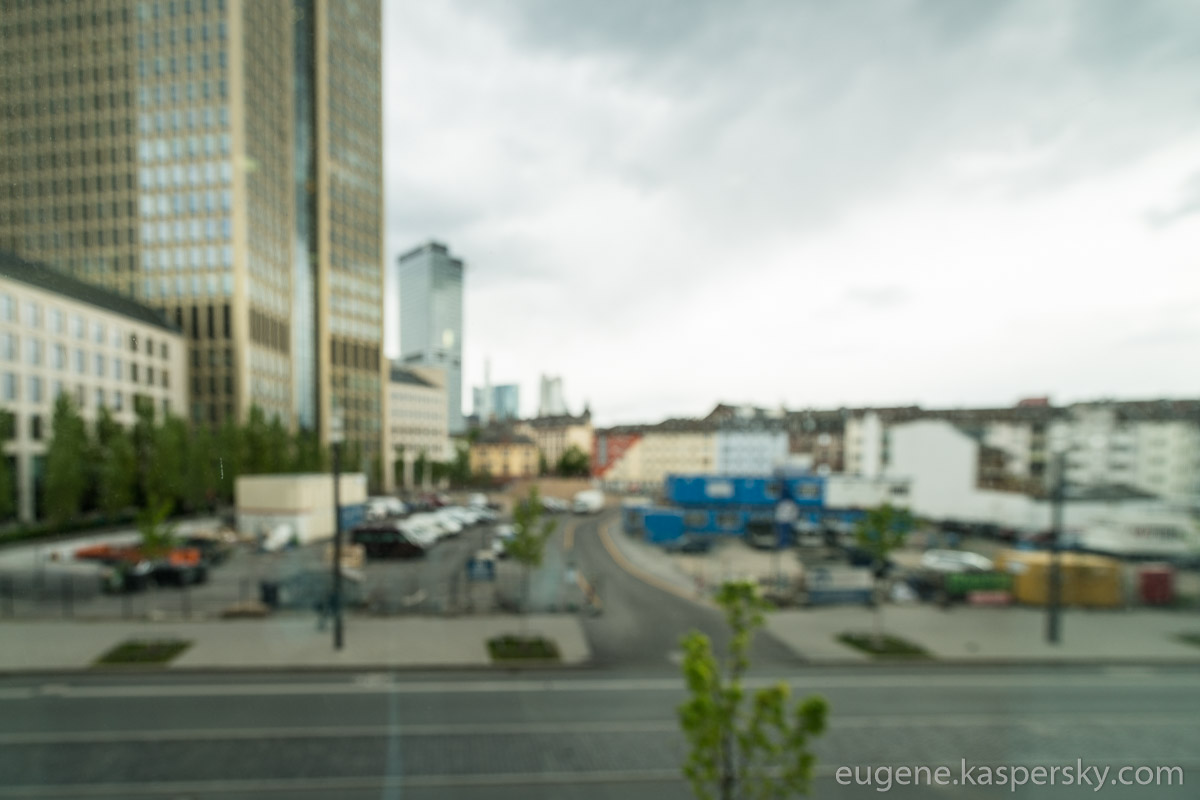Dearest readers! Those of you who follow closely my globetrotting adventures on these here blog pages appear to have been neglected of late. But have no fear, world-wandering is here (again)!
Last week was yet another crazy one: five (30-50 minute) presentations at five events, a zillion interviews, meetings, conversations, business card swappings and assorted other business commitments in three cities in as many countries. That’s my excuse for why I’ve been quiet of late – again!
But enough of excuses. Let’s get this back up and running…
So here we are, back with more tales from my travels: the best bits, the odd bits, the curious bits, the beautiful bits, the plane bits, the airport bits, the hotel bits, the cuisine bits, and all the other bits… – you know the drill by now :).
The week kicked off in very special city on an endless sandy coastline along the Pacific. A city that features on my list of Top-20 Cities, meaning it’s a city that, IMHO, is simply must-see: It’s Sydney folks. I woke up in the morning, opened the curtains, and this is how the morning said G’day mate to me:

But!… After coming so far, and being so close to such terrific tourism possibilities, alas, we only had half-a-day free time. Oh, well. So off we popped to one of the three ‘centers’ of the city here. Sure, I’d been here before – several times – and taken plenty of pics too, but I just couldn’t resist taking some more, kinda to keep my archives ‘fresh’:
Read on: A beautiful corner of Sydney…

































